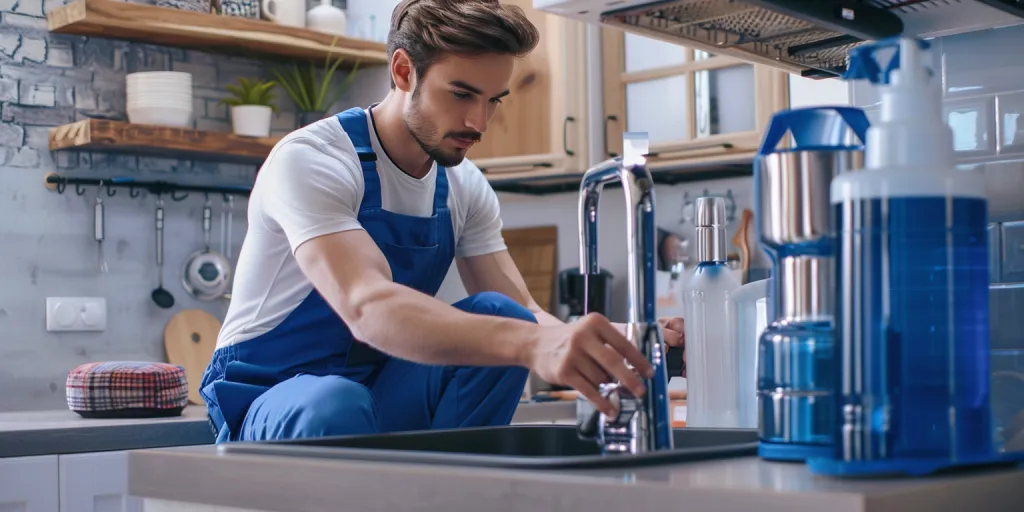In constant search for the right flow of water that is not too hard and not too soft, not too salty but not too pure, we now rely on some of the most advanced technological solutions for water purification available. The most famous of these is the reverse osmosis (RO) water system. This article explains how these systems work, what they are used for, and what the costs and top options are on the market. Get ready to be the water purification expert among your friends.
Table of Contents:
– What is a reverse osmosis water system?
– How do reverse osmosis water systems work?
– How to use a reverse osmosis water system
– How much does a reverse osmosis water system cost?
– Top reverse osmosis water systems
What is a reverse osmosis water system?
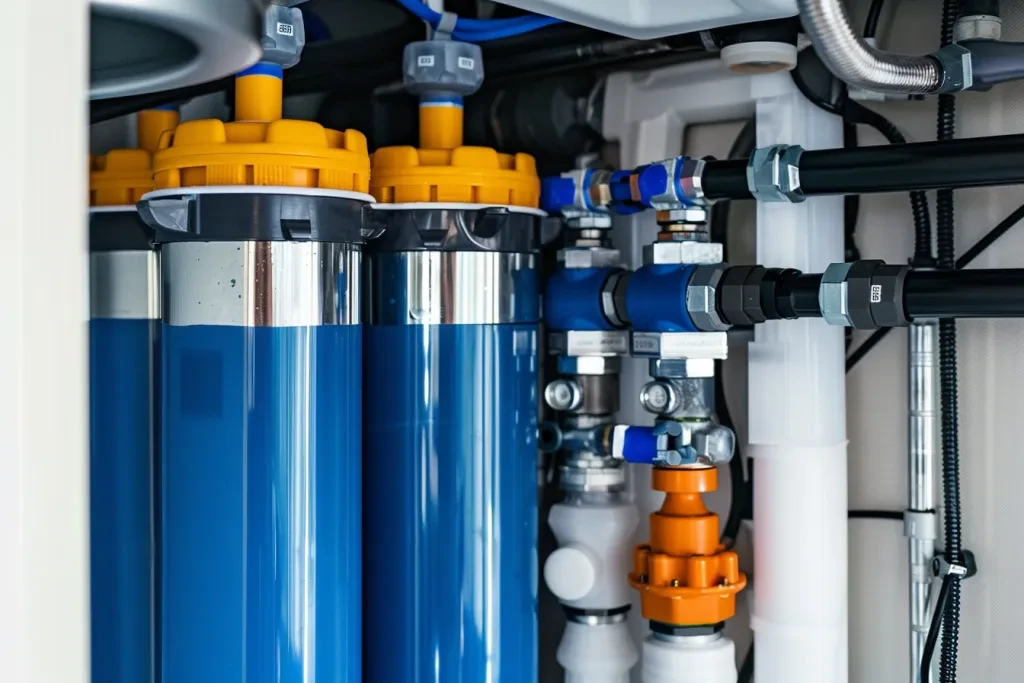
A reverse osmosis (RO) water system is an intricate machinery made up of various components, which helped turn the contaminated water into a drinkable one by a process called reverse osmosis. It is important to state that it’s not only used in industries but also in our homes to help us access drinkable and safe water. The main constituent of this system is the RO membrane which is constructed to allow only water molecules to pass through, while larger water molecules, as well as impurities such as salts, bacteria and chemicals, are blocked.
The reason reverse osmosis water systems are so appealing to the discerning consumer is because they do a great job of removing a large number of contaminants that other filtration technologies might miss – such as lead, fluoride, arsenic, and a variety of dissolved organics – in an area where problematic water supplies are commonplace. Add to that the effectiveness and efficiency of reverse osmosis systems in cleaning water, and it’s easy to see why so many people opt for an RO unit.
In addition to purifying water, RO membranes are often praised for their environmental benefits – specifically, for replacing bottled water with tap water to reduce plastic bottle waste and the carbon footprint of bottled water transport. RO water systems offer a solution that benefits both health and the environment.
How do reverse osmosis water systems work?
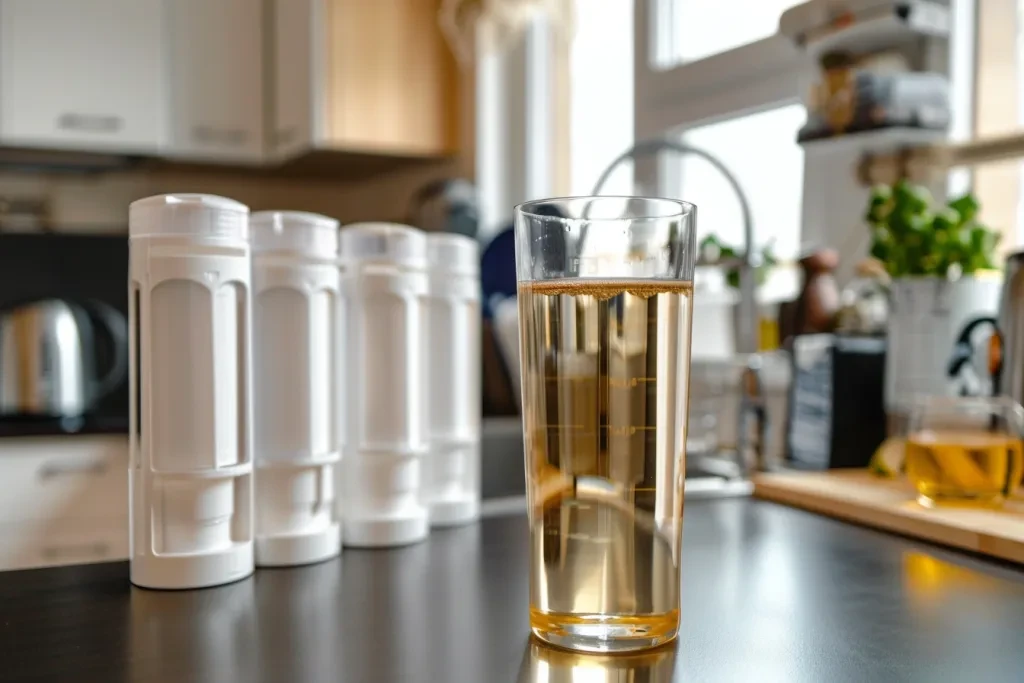
A reverse osmosis water system is a marvel of modern engineering. Stage 1: Pre-filter: The first stage of the reverse osmosis system is a pre filter that removes larger particles like sediment and rust particles that could block the RO membrane and damage the RO components. Stage 2: Reverse Osmosis Membrane. The water then passes through the main component of the water filtration system: the RO membrane, where the majority of contaminants are removed.
The process works by applying water pressure to force water molecules through the semi-permeable membrane, while leaving the contaminants behind. (In the natural process of osmosis, solvent moves from a low-concentration solution to a high-concentration solution.) In reverse osmosis, the natural process is reversed by applying force to the water to purify it.
In addition to the primary membrane barrier, a post-filtration stage can incorporate a carbon filter that removes lingering taste and odour so that water is not only safe but also aesthetically pleasing to drink. The system is designed to incorporate a storage tank for holding the purified water, so that it is available on demand, anytime, anywhere. The multi-stage approach is impressively effective. A properly designed RO system can yield water containing fewer than 500 parts per million(ppm) of dissolved salts, particles and bacteria. This is incredibly efficient: RO systems can remove up to 99 per cent of salts and particles, killing most forms of bacteria in the process.
How to use a reverse osmosis water system
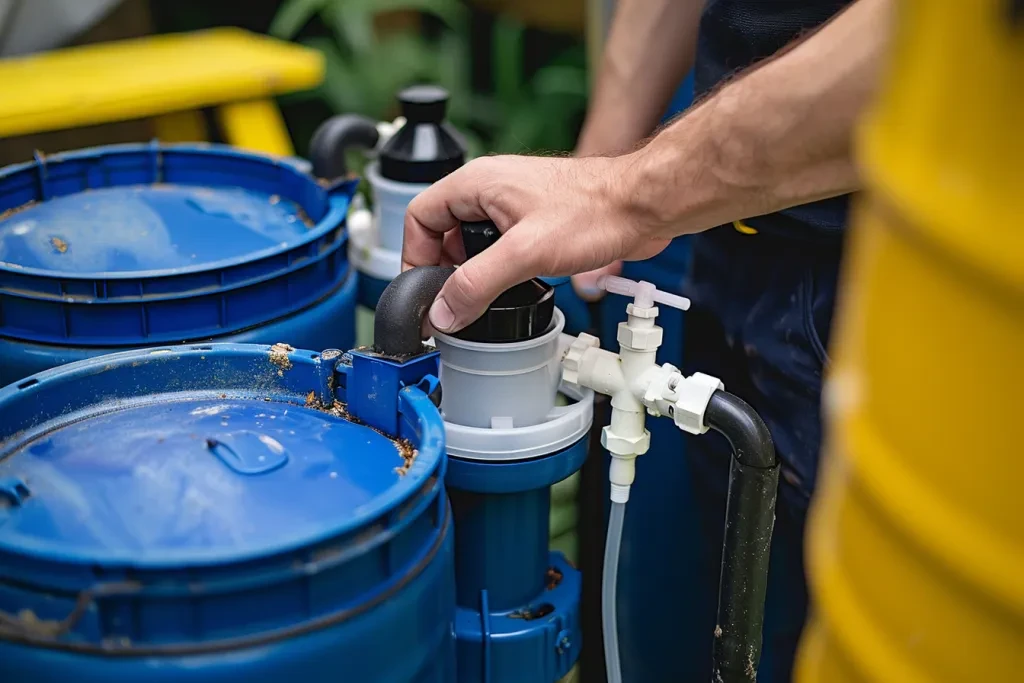
And though there is a lot going on inside a reverse osmosis water system, it’s actually incredibly easy to run. Installation is by far the most difficult part, and usually just entails connecting the system to the home’s water supply and drainage system. Unless you have prior experience, you’ll probably want to hire a pro to keep your system running optimally and ensure that nothing gets damaged during installation – especially your home! After it’s up and running, though, the system requires little to no interaction to function.
The key to good use, however, is to take care of maintenance. That means to regularly change filters – pre and post-filters generally every 6-12 months, with the RO membrane lasting 2-3 years, again depending on water usage and quality. Checking the water pressure and flow rate of the system can aid in determining when maintenance is needed to keep the system running well.
Since both healthy water and system life are dependent on following the manufacturer’s usage and maintenance directions, the appliance provides the pure, potable water that was expected all along. A properly maintained reverse osmosis water system can continue to perform reliably for years.
How much does a reverse osmosis water system cost?
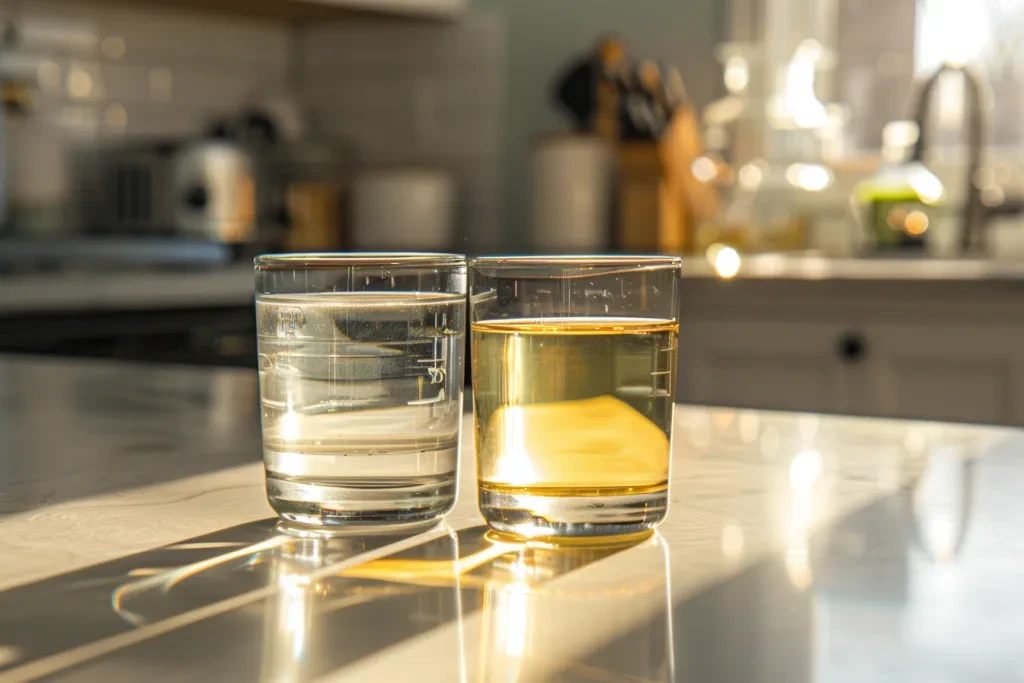
Depending on the system size, number of filtration stages and features, the cost for a reverse osmosis water system can be anywhere from $150 for a basic under-sink residential model to more than $500 for a high-capacity and efficient system with multiple filtration stages and features. The expense of installation can run from $100 to $300 if obtaining professional help is needed.
But recurring costs, such as regular filter changes and the potential increased water charges from a system that uses water, have to be factored in. In the long run, however, these costs are undermined by the saving from not buying bottled water and the increased health gain of consuming cleaner water.
The cost of a reverse osmosis water system gives back so much in value over the long haul because clean water has a profound benefit on your overall health and well-being.
Top reverse osmosis water systems

These include the Home Master TMAFC-ERP, a seven-stage reverse osmosis system that remineralises the water at the end of the filtration process, improving taste. They also include a progressive design that reduces wastewater compared to older models, and it is NSF-certified to remove lead and over 1000 other contaminants.
Another good option is the APEC Top Tier 5-Stage Ultra Safe Reverse Osmosis Drinking Water Filter System (ROES-50). This system has quality filters that can purify both tap and well water by removing up to 99 per cent of impurities. It is durable and easy-to-maintain, which make it a popular choice for homeowners.
If you are more of a tech-savvy person, you might prefer to have a more integrated reverse osmosis system, such as Waterdrop G3 Reverse Osmosis System. The tankless design is ideal for modern homes with a sleek appearance and smart LED indicators to help you monitor the filtration process.
Its compact size guarantees not to take up too much space in your home. Moreover, this compact system utilizes a filter made of densely packed composite materials. It rapidly, effectively, and continuously removes harmful contaminants.
But which one is best for you? Selecting an RO system depends not only on the quality of the finished water, but on budget and output capacity. These are our top three systems to suit every need.
Conclusion
With reverse osmosis water systems, we have arguably reached the pinnacle of water purification. They provide a reliable and affordable way to enjoy clean and safe fresh water. However, understanding how they work, their costs, and the best reverse osmosis water systems available on the market can help you make informed choices about your drinking water quality. With the right system, purified water can become a part of your life for years to come, contributing to a healthier you and a more sustainable planet.
